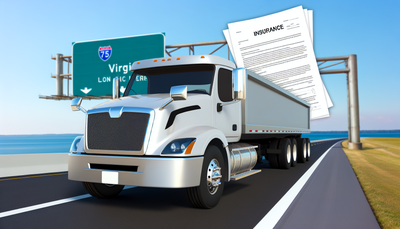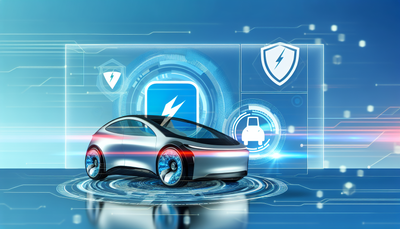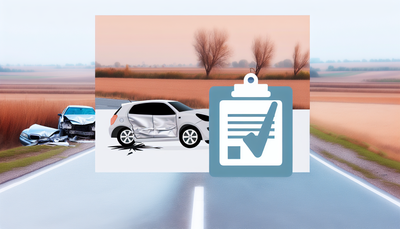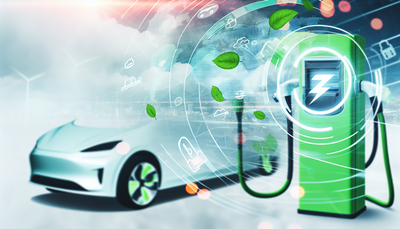The Future of Auto Coverage: What Virginia Drivers Can Expect

The Future of Auto Coverage: What Virginia Drivers Can Expect
As technology advances and consumer expectations shift, the car insurance landscape is undergoing a transformation. For Virginia drivers, staying informed about these changes can mean better coverage, smarter spending, and improved safety on the road. In this post, we’ll explore the latest insurance trends and what they mean for the future of auto coverage in the Commonwealth.
The Changing Face of Car Insurance in Virginia
Auto coverage isn't what it used to be. Traditional models based on static risk factors — like age, gender, and zip code — are being challenged by more dynamic, real-time approaches. Here's what's shaping the future of auto insurance for Virginia drivers:
1. Usage-Based Insurance (UBI) on the Rise
UBI is gaining popularity across the U.S., and Virginia is no exception. These policies use telematics devices or smartphone apps to track driving behavior — think speed, braking habits, and time of day you're on the road. Safe drivers can earn significant discounts, making this a promising trend for cost-conscious Virginians.
2. AI and Big Data Changing Risk Assessment
Insurers are increasingly turning to artificial intelligence and big data to refine their risk models. For Virginia drivers, this could mean more accurate premiums tailored to individual driving styles and histories, rather than broad demographic assumptions.
3. Electric and Autonomous Vehicles Prompting New Coverage Models
As more Virginians embrace electric vehicles (EVs) and look ahead to self-driving cars, insurers must evolve. EVs often require specialized repair and servicing, affecting premiums. And with autonomous vehicles looming, questions around liability and policy structure are pushing insurers to innovate.
4. Climate Risks Impacting Premiums and Coverage Options
Extreme weather events — from floods to winter storms — are becoming more common in parts of Virginia. This has led insurers to reconsider how they price risk and offer coverage. Optional add-ons like comprehensive coverage and gap insurance may become more essential.
5. Digital-First Customer Experiences
Gone are the days of visiting your local agent for every insurance need. Virginia drivers can now compare policies, file claims, and manage accounts online — often through mobile apps. This digital-first approach streamlines the customer experience and makes switching providers easier than ever.
What Virginia Drivers Should Do Now
To stay ahead of these trends, here are a few proactive steps drivers in Virginia can take:
- Review your current policy annually to ensure it reflects your usage and vehicle type.
- Explore UBI options if you're a safe driver looking to lower your premium.
- Consider coverage adjustments if you're buying an EV or planning to.
- Stay informed about local climate risks and how they might affect your insurance needs.
Conclusion
The future of auto coverage holds exciting possibilities for Virginia drivers. With advanced technology, personalized pricing models, and an increased focus on climate and automation, car insurance is becoming more adaptive and responsive than ever. By understanding these insurance trends and adjusting accordingly, Virginia drivers can ensure they’re protected — and possibly save money — as the industry evolves.
Whether you're cruising along the Blue Ridge Parkway or navigating Richmond's city streets, one thing’s for sure: the road ahead is changing, and so is your coverage.








